Did you know that purple colored vegetables are high in the anthocyanin and vitamins? Here are 23 healthy purple vegetables you have to try!
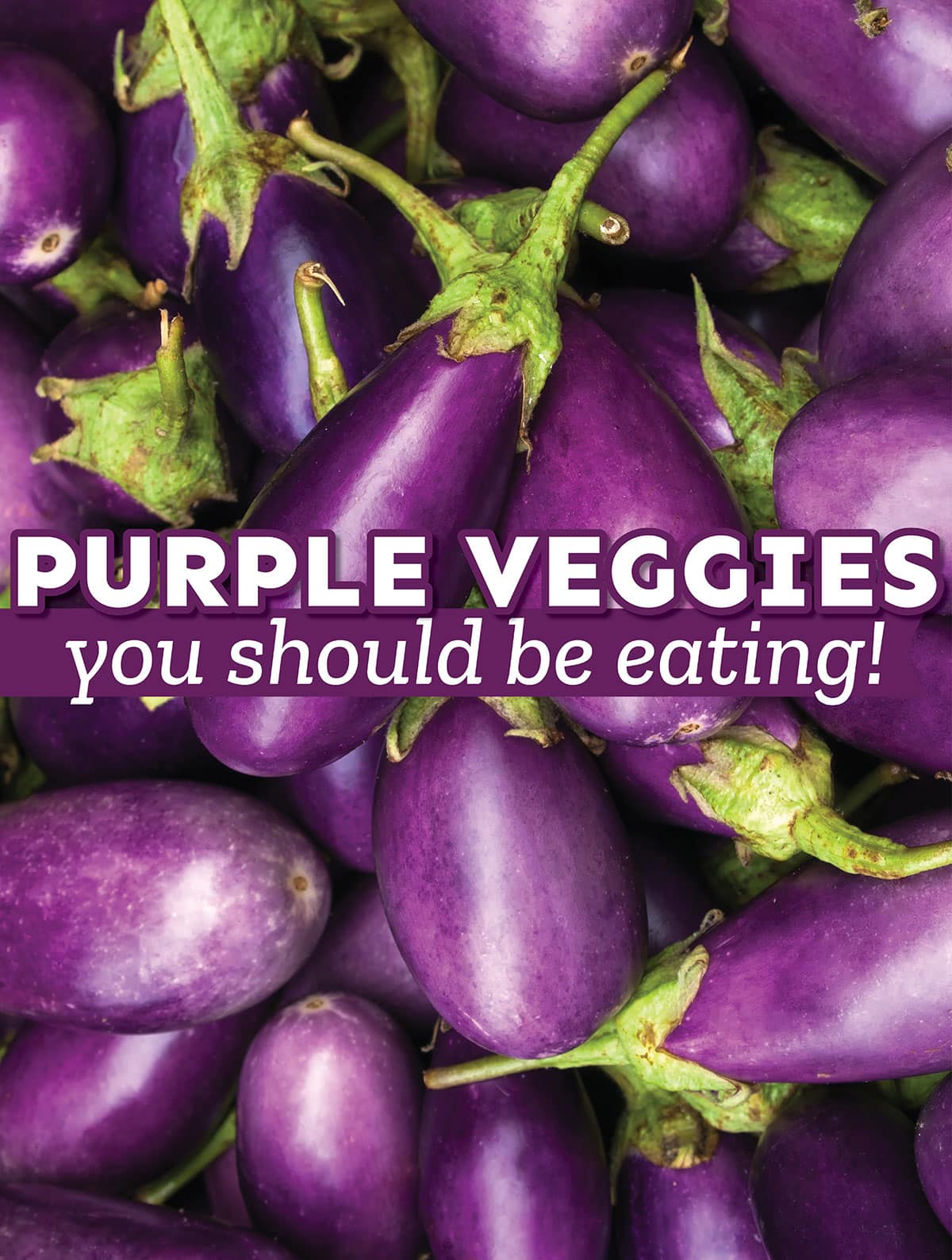
Many parents told us to “Eat Your Vegetables”. For many of us growing up that was hard enough, but now the advice from many dietitians is “Eat the Colors of the Rainbow”.
This is sound advice because by eating a variety of colorful vegetables we are pretty much assured to cover the spectrum of vitamins and minerals.
Purple vegetables and purple fruits are an important color for eating a nutritious diet.
Why Are Purple Vegetables Healthy?
Purple foods are loaded with the antioxidant anthocyanin. It serves the plants by protecting them from sunlight damage, cold temperatures, and inspects.
For us humans, anthocyanin is proven to reduce inflammation, which is a contributor of many diseases such as diabetes, some cancers, arthritis, and heart disease.
Many of the purple veggies in this article are also low in calories, potassium rich, and have a solid vitamin and micronutrient content. Adopting a healthy diet focusing on a variety of colorful fruits and vegetables can clearly aid in lowering blood pressure, amping up your immune system, and likely weight loss.
Nutritional Information for Popular Purple Vegetables
Here are a few common purple vegetables and their nutritional benefits (per a 100g, 3.5 oz serving). Vitamin values are the % of your RDA, and fiber values are in grams.
| Calories | Fiber | Vit. C | Vit. A | |
| Eggplant | 24 | 3.4 | 4 | 1 |
| Hubbard Squash | 40 | 0 | 18 | 27 |
| Turnips | 28 | 1.8 | 9 | 0 |
| Purple Asparagus | 20 | 2.1 | 9 | 15 |
| Purple Cauliflower | 25 | 2.5 | 77 | 0 |
| Purple Potatoes | 77 | 2.2 | 33 | 0 |
| Purple Onions | 40 | 1.7 | 12 | 0 |
Trivia Time!
Which of these does not come in the color purple? (scroll to the end of this post for the answer)
a. Bell Peppers
b. Brussels Sprouts
c. Broccoli
d. Bean Sprouts
Types Of Purple Vegetables
There are many types of purple veggies out there, but we’re covering the top 23 most popular!
- All Blue Potato
- Eggplant
- Hubbard Squash
- Peruvian Purple Potato
- Purple Asparagus
- Purple Bell Pepper
- Purple Brussels Sprouts
- Purple Cabbage
- Purple Carrot
- Purple Cauliflower
- Purple Corn
- Purple Kale
- Purple Lettuce
- Purple Majesty Potato
- Purple Radish
- Purple String Bean
- Purple Tomato
- Radicchio
- Red Wing Onion
- Stokes Purple Sweet Potato
- Torpedo Onion
- Turnip
- Vitelotte Potato
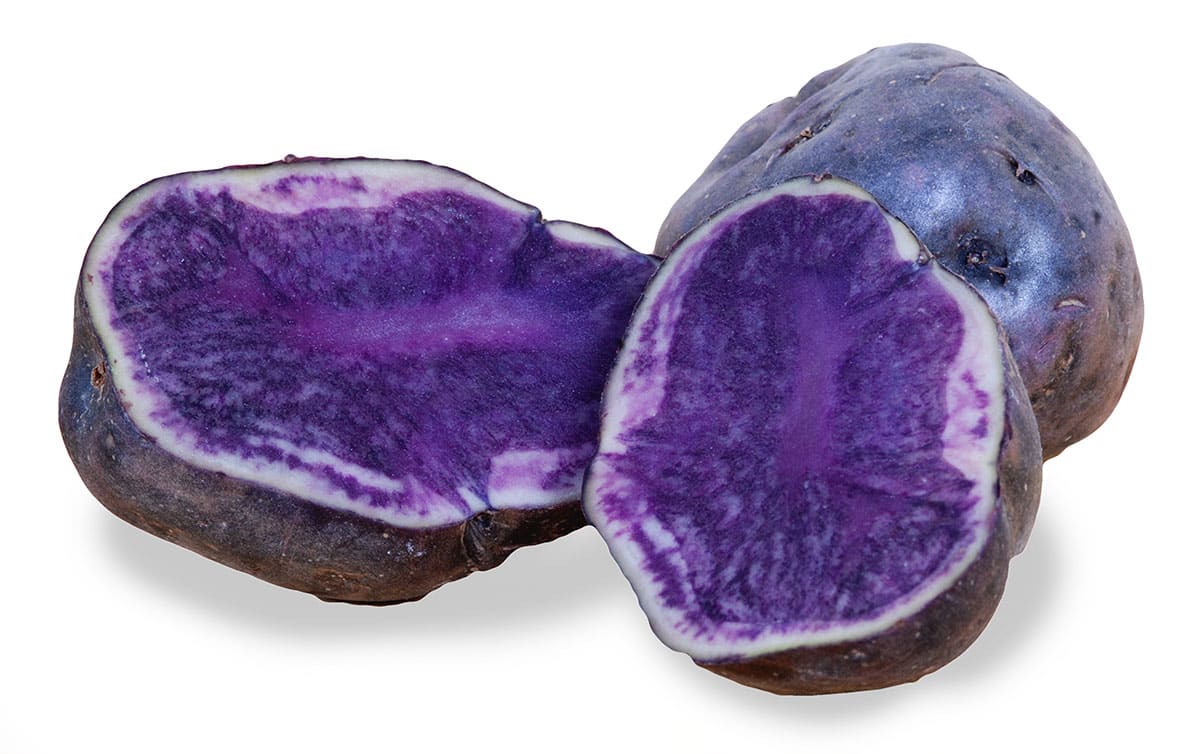
All Blue Potato
All Blue Potatoes are closer to purple than blue both inside and out. They are all-purpose spuds but tend toward the starchy side, so they are widely recognized as good for baking. If you want to be sure to retain their unique color, boil or bake them. The advantage to boiling is the water will turn purple/blue and be usable as a mild dye for Easter eggs or cloth. This could be a fun science experiment with the kids. Like other purple fruits and vegetables, the all-blue potato contains the antioxidant anthocyanin giving them a distinct nutritional boost.
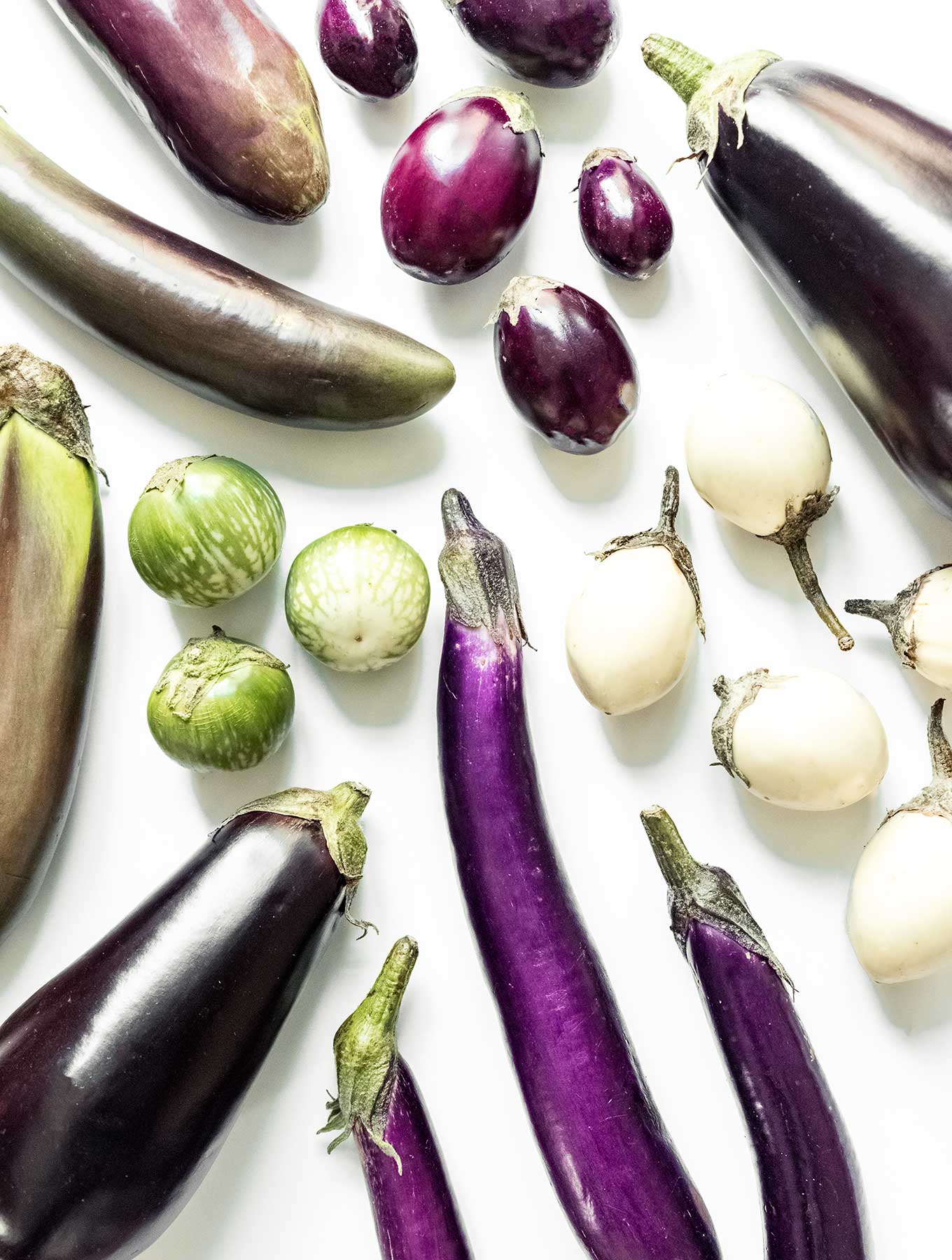
Eggplant
Eggplants are fruits pretending to be vegetables, but we eat them more like veggies than fruits so we will play along here. Eggplants are native to India, but we don’t know how ancient they might be. They came to Europe and the Mediterranean region carried by the Silk Road traders. They came to America in the early 1900s, and are today widely available in any grocery store.
While my favorite eggplant recipe is probably this Eggplant Lasagna, give any of these eggplant recipes a try. If you are a little more adventurous, try Eggplant Bacon!
Fun Fact: Why do we call them eggplants? Earlier varieties were white, so they actually resembled eggs hanging from the plant.
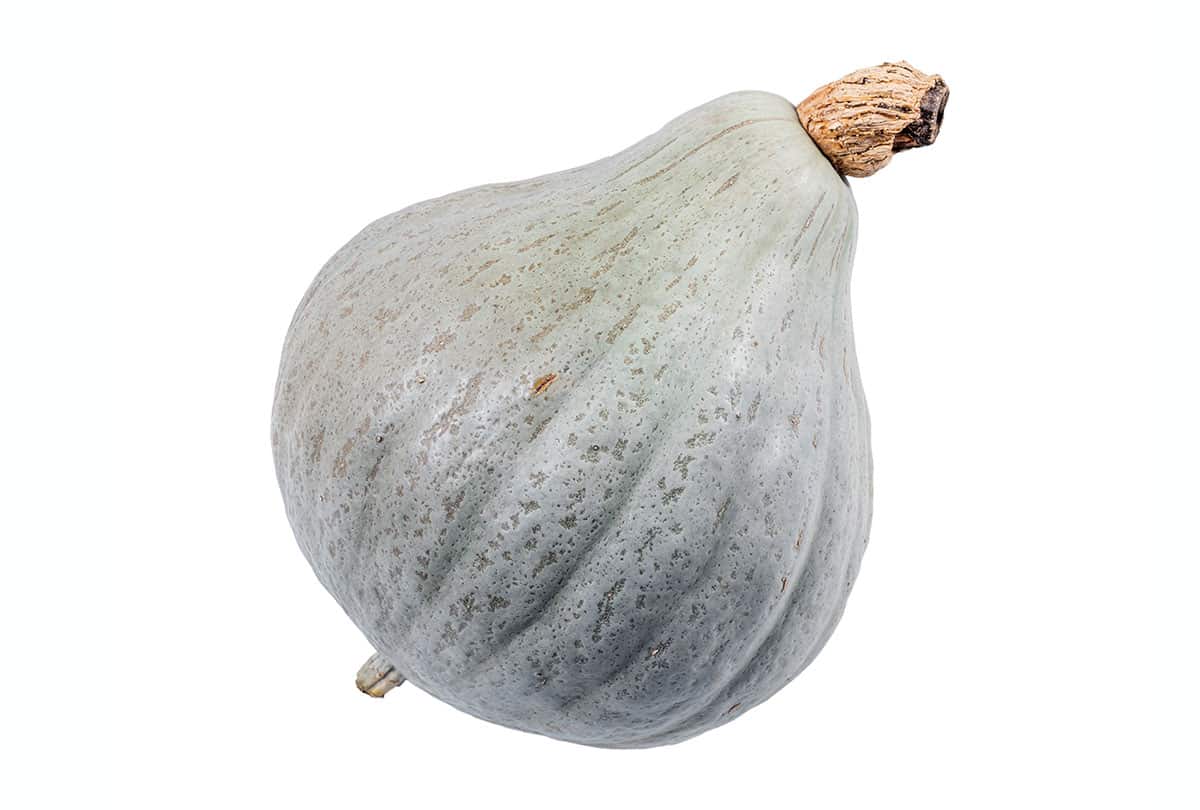
Hubbard Squash
Hubbard Squash probably have more of a blue hue than purple, but they are close enough to include here. The thing is they can also be yellow. Climate, soil type, and a host of factors affect the taste, color, and nutrition content of all fruits and vegetables. Like most winter squash they are both delicious and nutritious. Okay, that said they are unfortunately hard to cook with. They have a tough lumpy skin that makes them hard to cut. Just the same, there are plenty of great cooks that swear by them in soups and other uses.
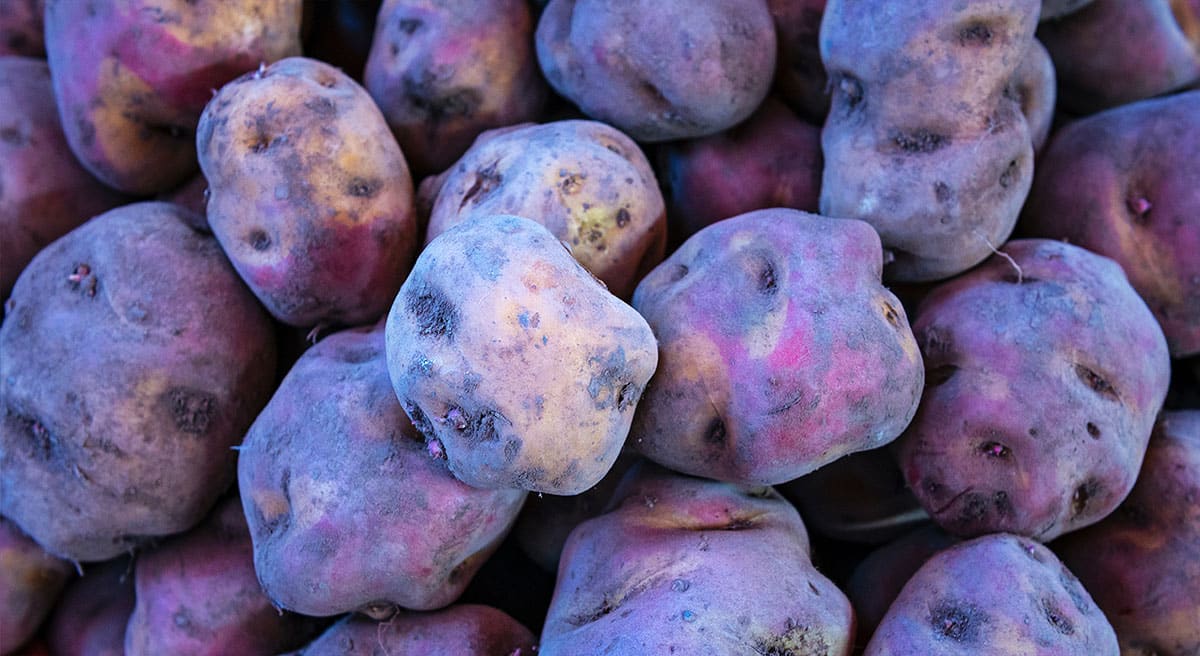
Peruvian Purple Potato
Peruvian purple potatoes are a starchy fingerling spud variety. They have a purple skin and blue flesh. Most fingerling potatoes are waxy, but not the Peruvian which are great mashed, baked, fried, or in chips. Use these when you want a starchy potato (mashed, baked, fried), but with a unique blue presentation.
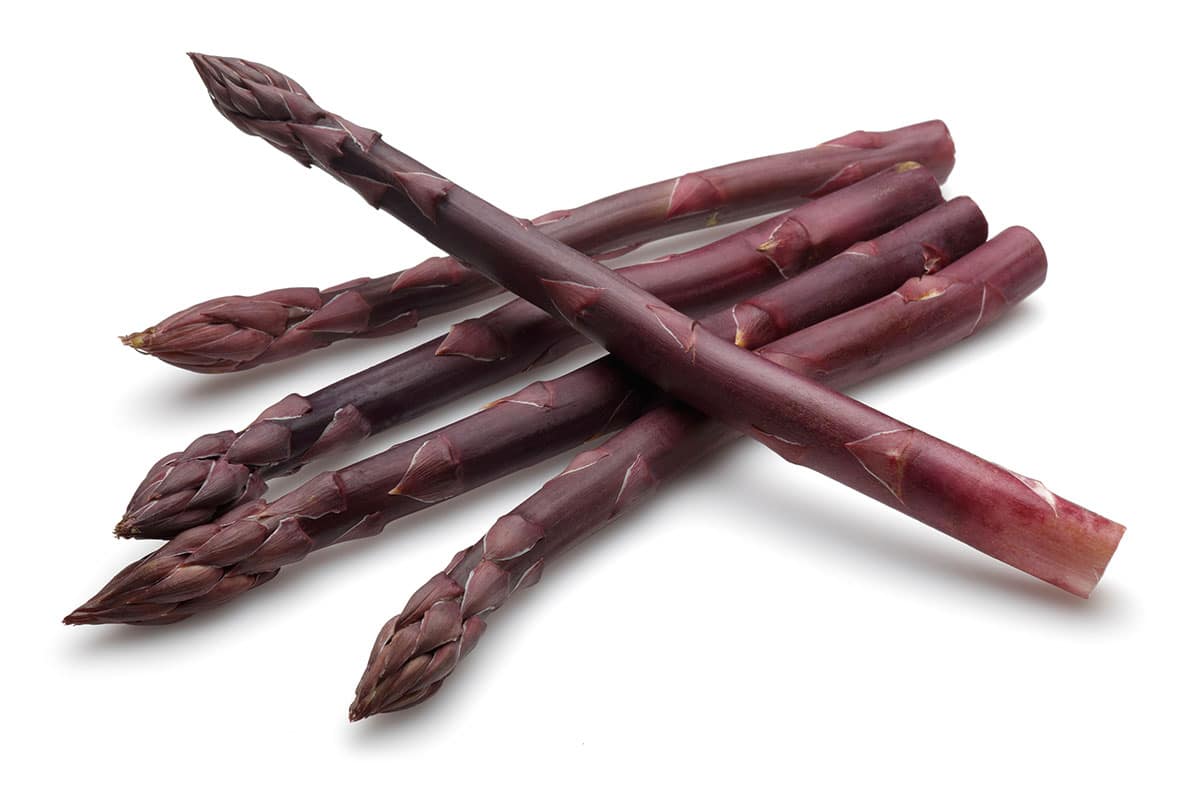
Purple Asparagus
Purple asparagus was developed in Italy, and is not easily found in the United States. If you care to try it, check international markets. White asparagus is just green asparagus grown so that light does not reach the stalk (somewhat of an oversimplification actually). Purple asparagus, however, is a separate variety that came from green asparagus. It is said to have a slightly nuttier flavor than green asparagus and is less fibrous. Purple asparagus presents all sorts of ways to add color variety to your cooking, and could be used in any of these 5 ways to cook asparagus. For more on how to select, store, and cook asparagus check out Asparagus 101.
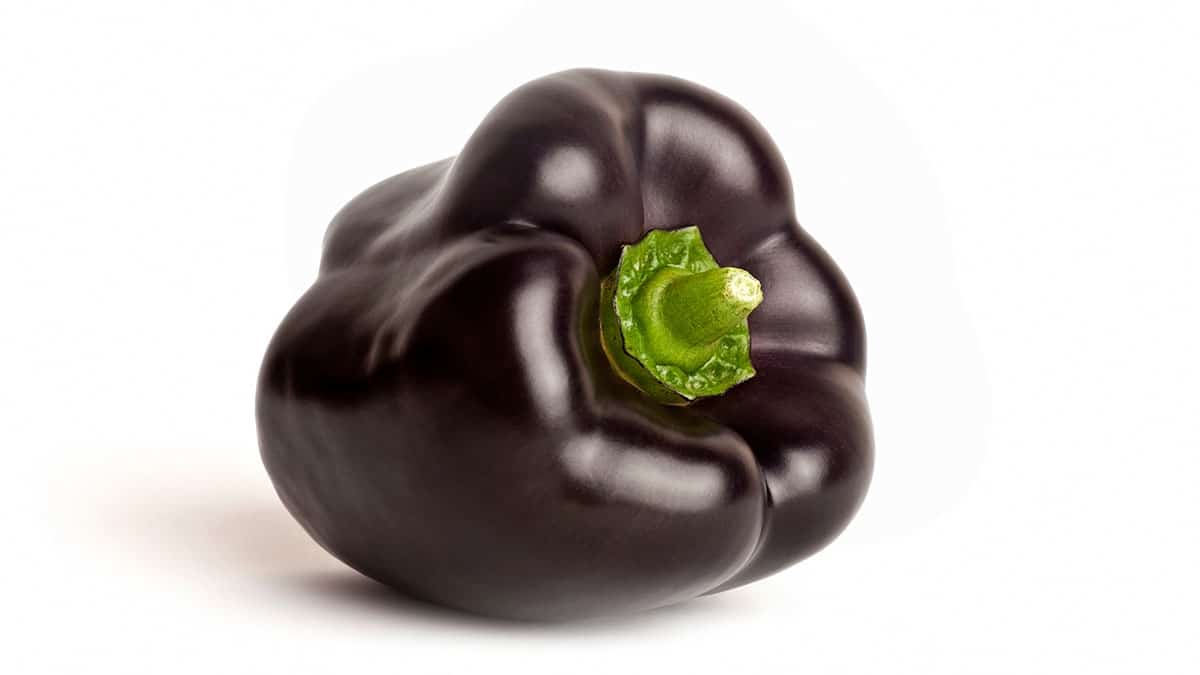
Purple Bell Pepper
Bell peppers are the only type of pepper that are not at all spicy. They are, however, one of America’s favorites in all manner of cuisine. Bell peppers are native to Mexico and Central America, but China is today the world’s leading producer of bell peppers. The easiest bell peppers to find are green, red, orange, and yellow, but they can also be found in purple, white, and brown (Check farmer and international markets).
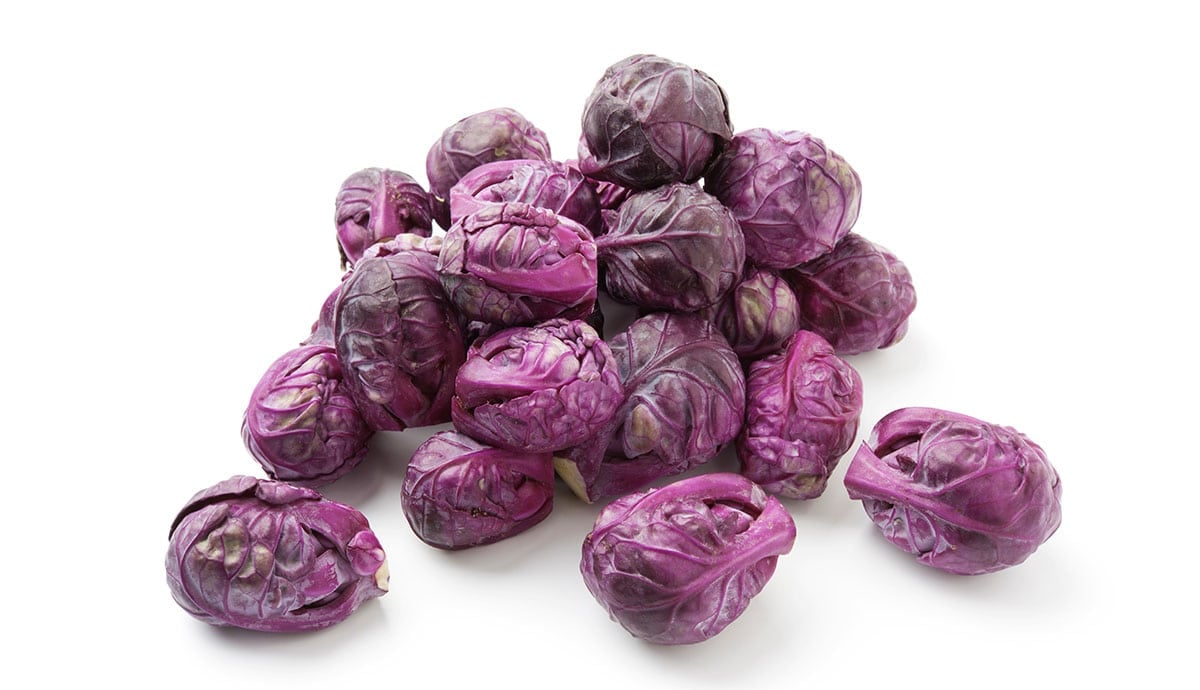
Purple Brussels Sprouts
Purple Brussels sprouts have an interesting combination of both green and purple leaves. These were developed around 1940 by a Dutch geneticist Mr. C. Vreeken by crossing green sprouts with red cabbage. You can cook with purple sprouts the same as you would with the all green variety. For me that means cut in half, seasoned, and roasted preferably as Air Fried Brussels Sprouts.
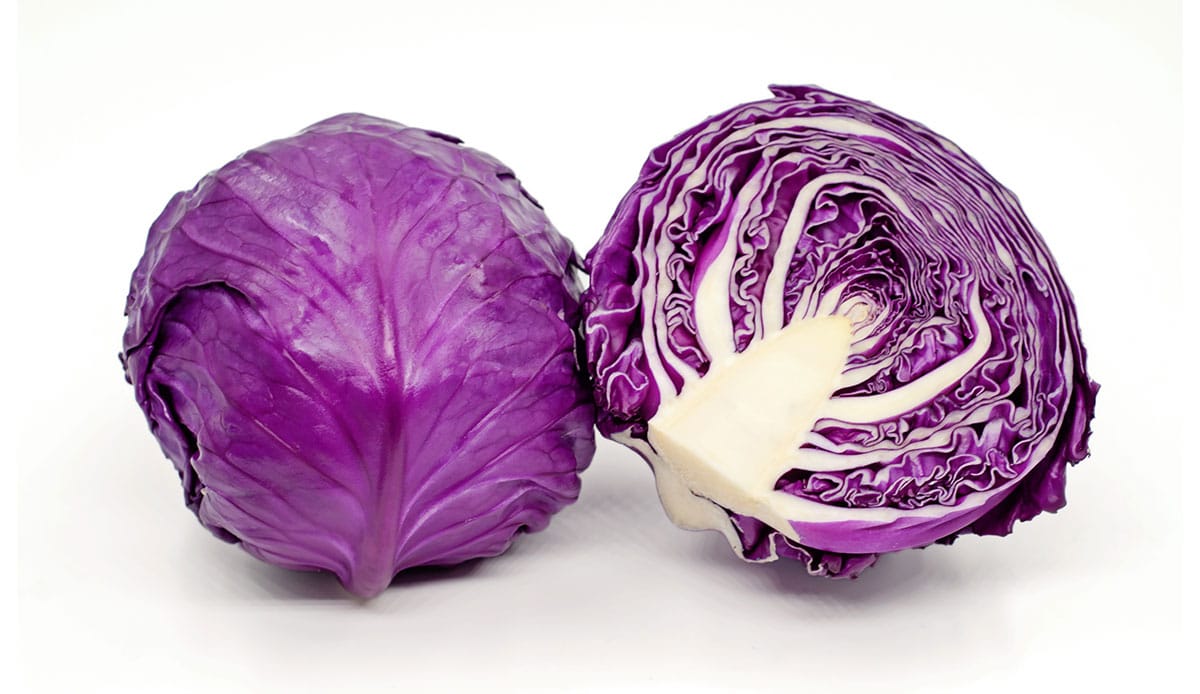
Purple Cabbage
Purple cabbage is often called red cabbage, but the color is decidedly purple. It originated in Germany in the 16th Century, and is still very popular in German salads and as a side dish. In the United States the two most common uses are in coleslaw and in salads. If you want to try a uniquely healthy smoothie give this Berry Cabbage Smoothie a try. You won’t be disappointed.
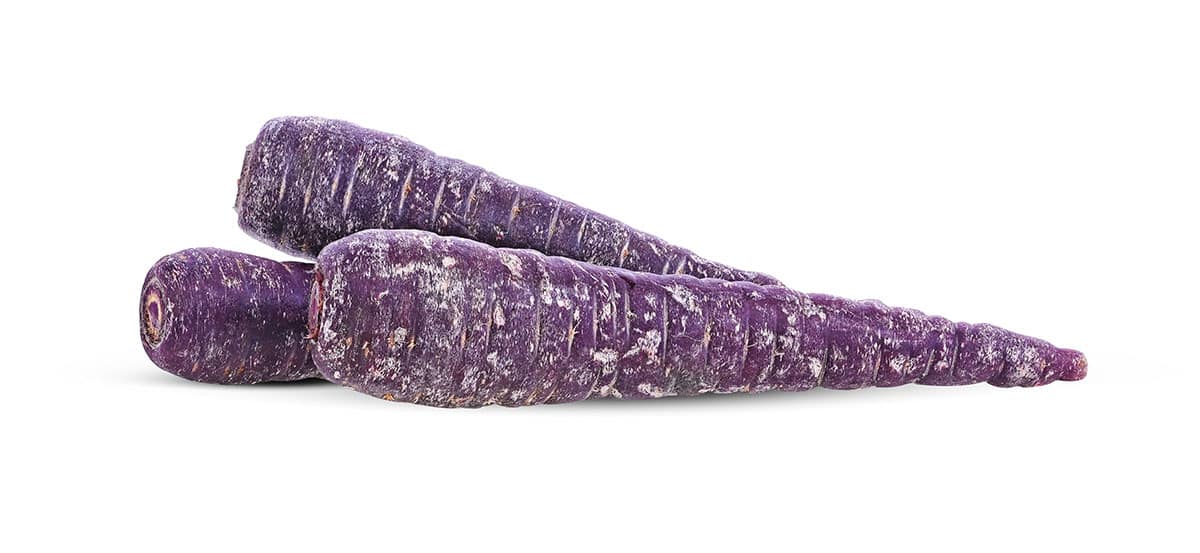
Purple Carrot
Purple Carrots are hard to find, but if you frequent farmer’s markets you will in time likely see someone selling them. Purple carrots appear to be rising in popularity lately which is understandable as they offer a variety of options for adding unique color to your cooking.
Carrots are native to Iran and Afghanistan. We don’t know exactly how long ago cultivation began, but believe purple and blue varieties were developed perhaps 1,000 years ago. Most carrots were simply white until the 17th Century. So why did that change? Well, we have a Dutch patriot and agriculturist to thank. He crossbred multiple carrots until he perfected the orange carrot that we most commonly eat today. Why? Well, the national color of Holland was, and is today, orange.
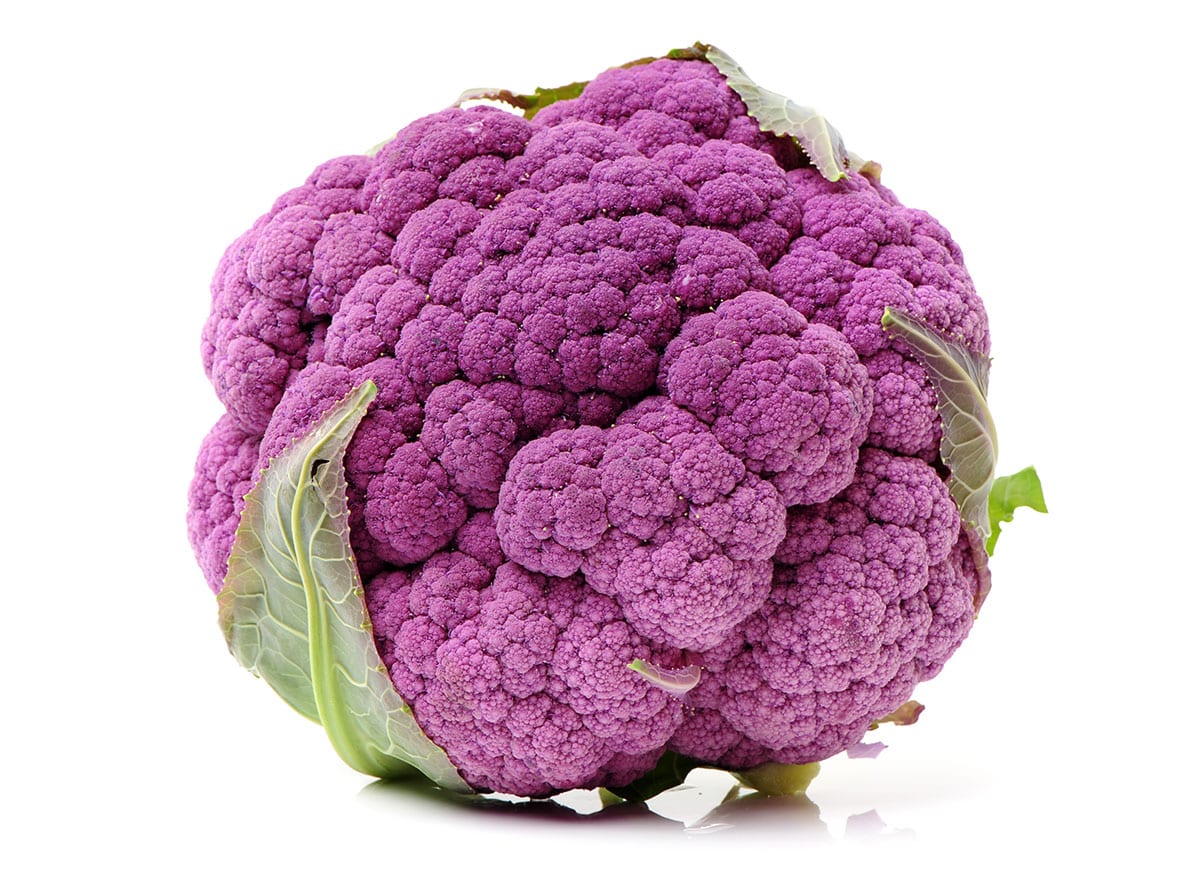
Purple Cauliflower
You have probably seen purple cauliflower at the grocery. The origin of purple cauliflower is unknown, but the color does come naturally unlike others like purple tomatoes which are engineered. Nutritionally it has all the benefits of white cauliflower, but also contains the health benefiting antioxidant anthocyanin found in all purple fruits and vegetables.
You can use purple cauliflower in any recipe calling for cauliflower, and its color presents several culinary possibilities. Consider using purple, white, and yellow cauliflower in your air fryer roasted vegetables to provide a unique and impressive look (Air Fryer Cauliflower). If you are looking for further information on how to select, cut, store, and more check out our Cauliflower 101 Guide.
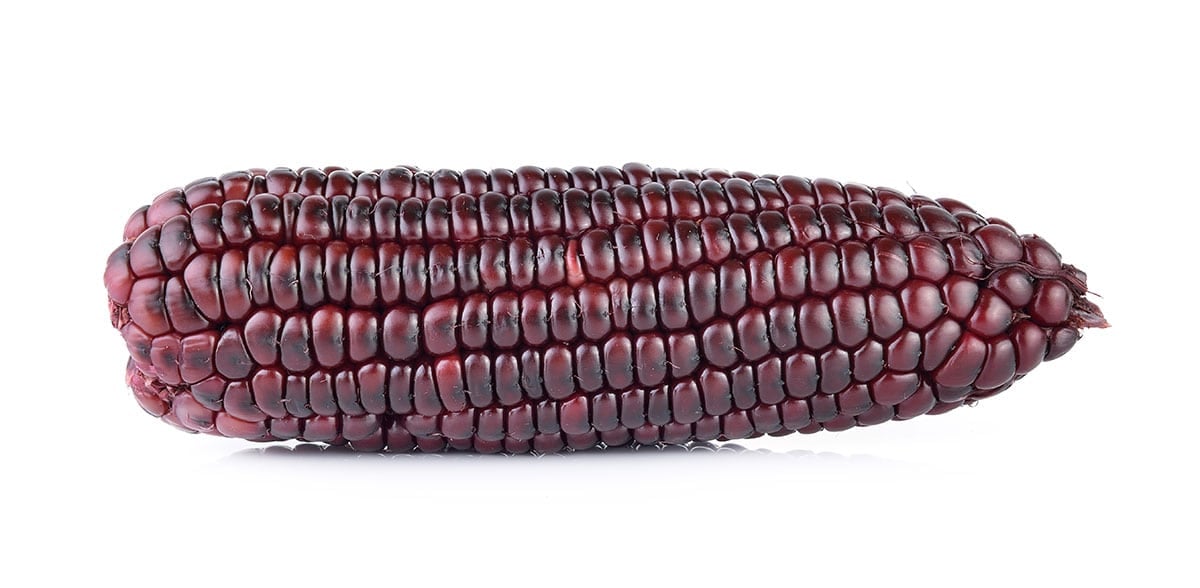
Purple Corn
Purple Corn originated in the Andes Mountains of Peru and is today found mostly in Peru, Bolivia, and Ecuador. It is similarly as nutritious as yellow or white corn except that it contains a good dose of the antioxidant anthocyanin which generates the purple color.
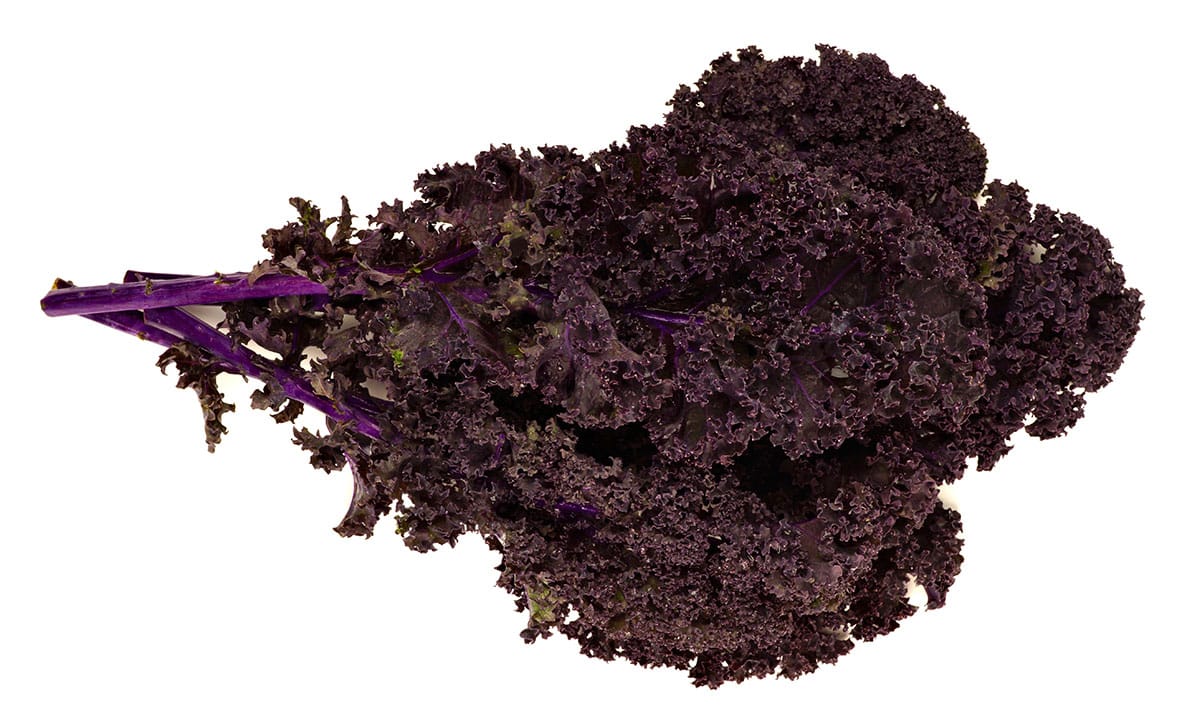
Purple Kale
Purple kale is often grown ornamentally, but unlike many ornamental kale varieties purple kale has a lot of culinary potential as well. Its deep purple color is definitely aesthetic, but it is a good option to saute, bake, and to use in soups. If you want to keep its purple color, cut it into a salad as the color fades with cooking. For any use be sure to cut off the stems as they are tough. If you are looking for some ways to bring more kale into your cooking check out these 10 Kale Recipes, and for a whole lot more on kale look into our Everything Kale Guide.
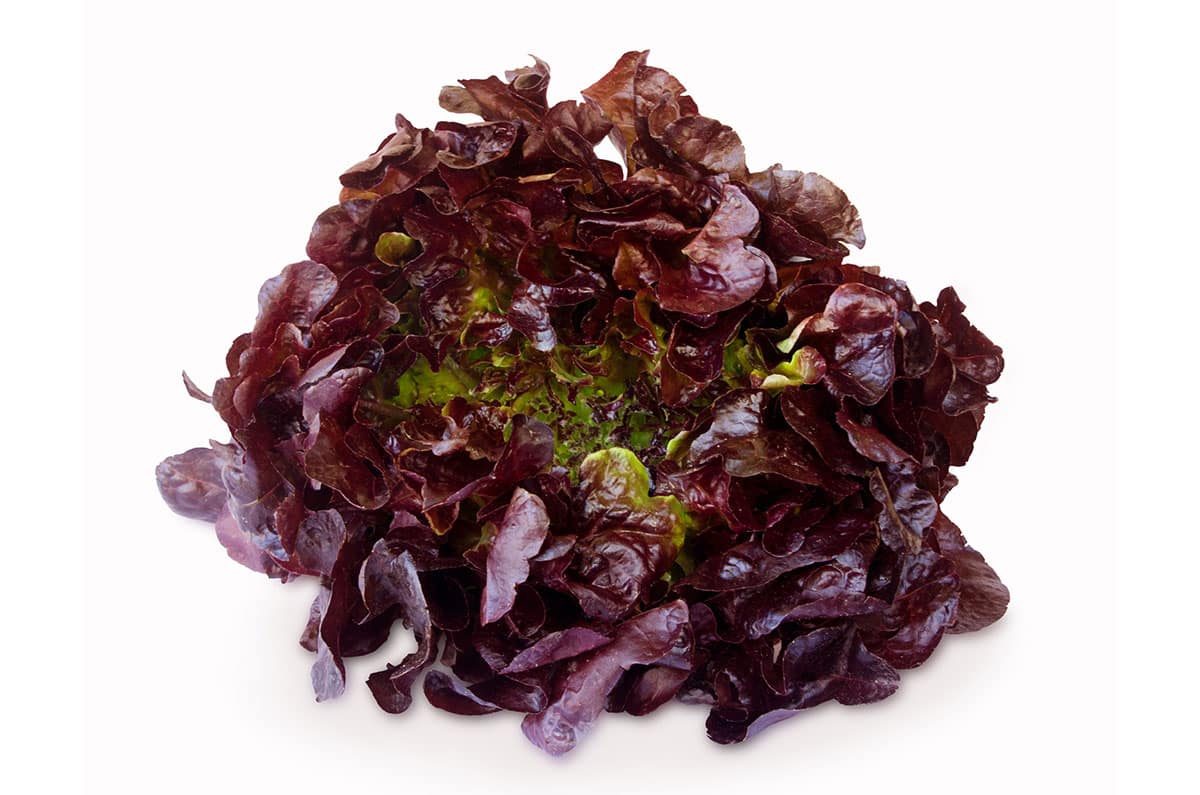
Purple Lettuce
Purple lettuce is often also called red lettuce. The purple color comes from the presence of an abundance of anthocyanins, the antioxidant we should all consume more of. There are actually quite a few purple lettuce varieties. Most of these are loose-leaf varieties with broad curly leaves vs the tight head associated with say iceberg lettuce. You will see some varieties with completely red/purple leaves and others with only the leaf ends purple and the rest green.
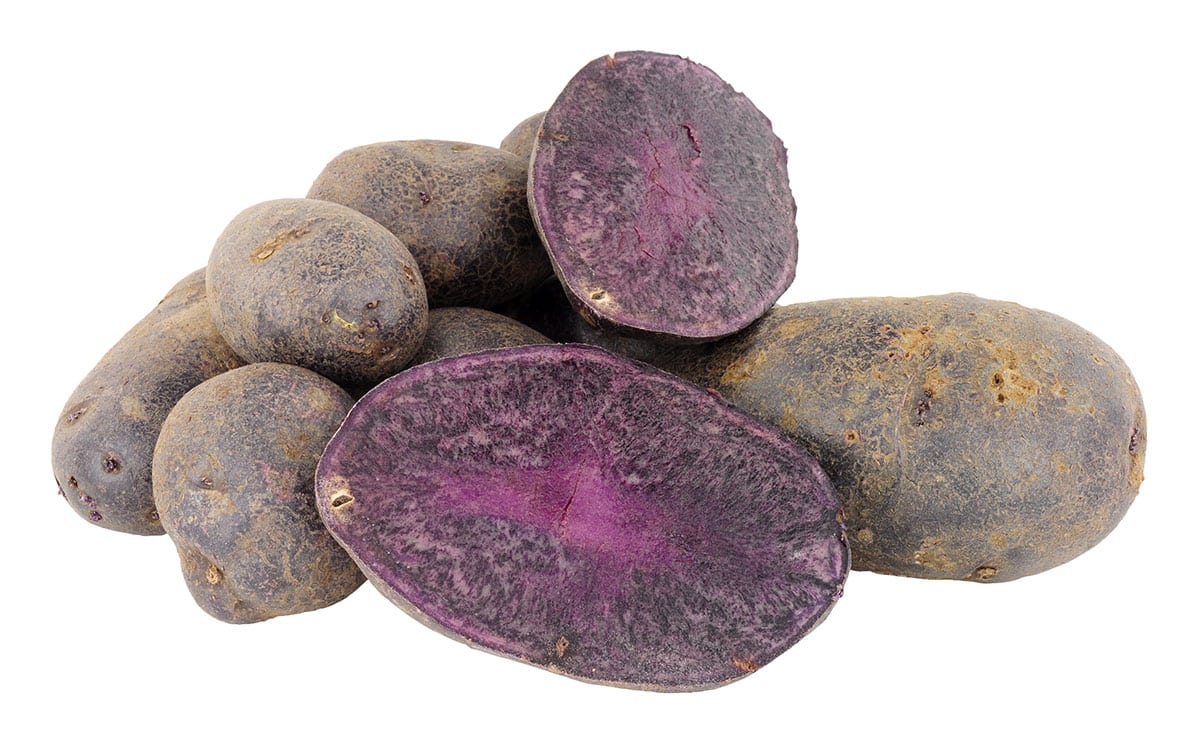
Purple Majesty Potato
Purple majesty potatoes have an unusual and aesthetic, dark purple skin and flesh. They are an all-purpose potato, so use these in any recipe that you want to leverage their wonderful color. They were developed at the Colorado State University to be visually stunning, but also multi-use like the best all-purpose potatoes. The downside to these spuds is that they are known to not last as long in your pantry as other varieties, so keep any eye on them.
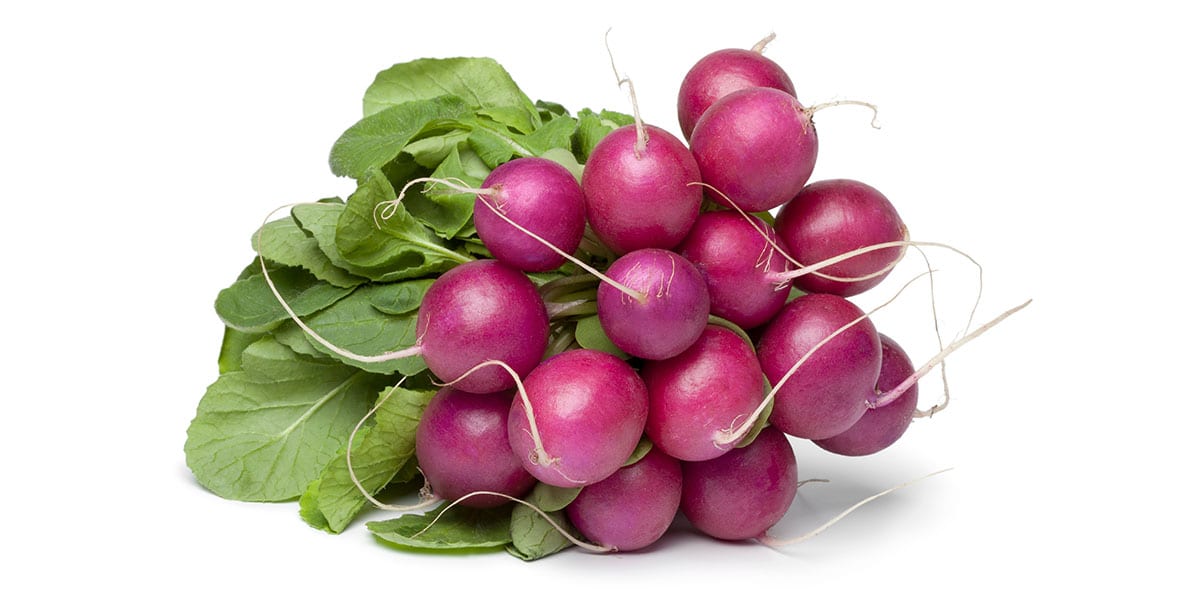
Purple Radish
Purple radishes have a distinctive peppery or spicy flavor, but otherwise are little different from other radishes. They are grown around the world in an assortment of different varieties, the Purple Daikon Radish being the one you will most likely find. Radishes originated somewhere in Asia probably over 3,000 years ago, but are today grown worldwide. Try them in these Rainbow Vegan Spring Rolls!
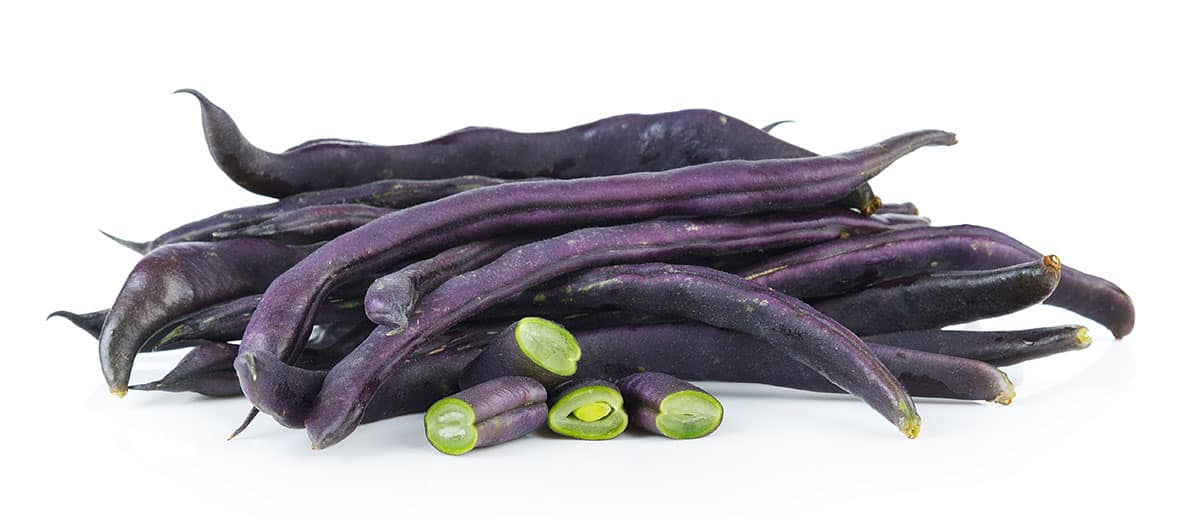
Purple String Bean
Purple String Beans are just a color variation of green or wax beans, but unlike other string beans they lose their aesthetic purple color when cooked. If you want to keep that purple color, lightly steam them but immediately dip them in ice water to retain the color. These would make an interesting color combination along with normal green or perhaps white string beans in the traditional Thanksgiving Green Bean Casserole.
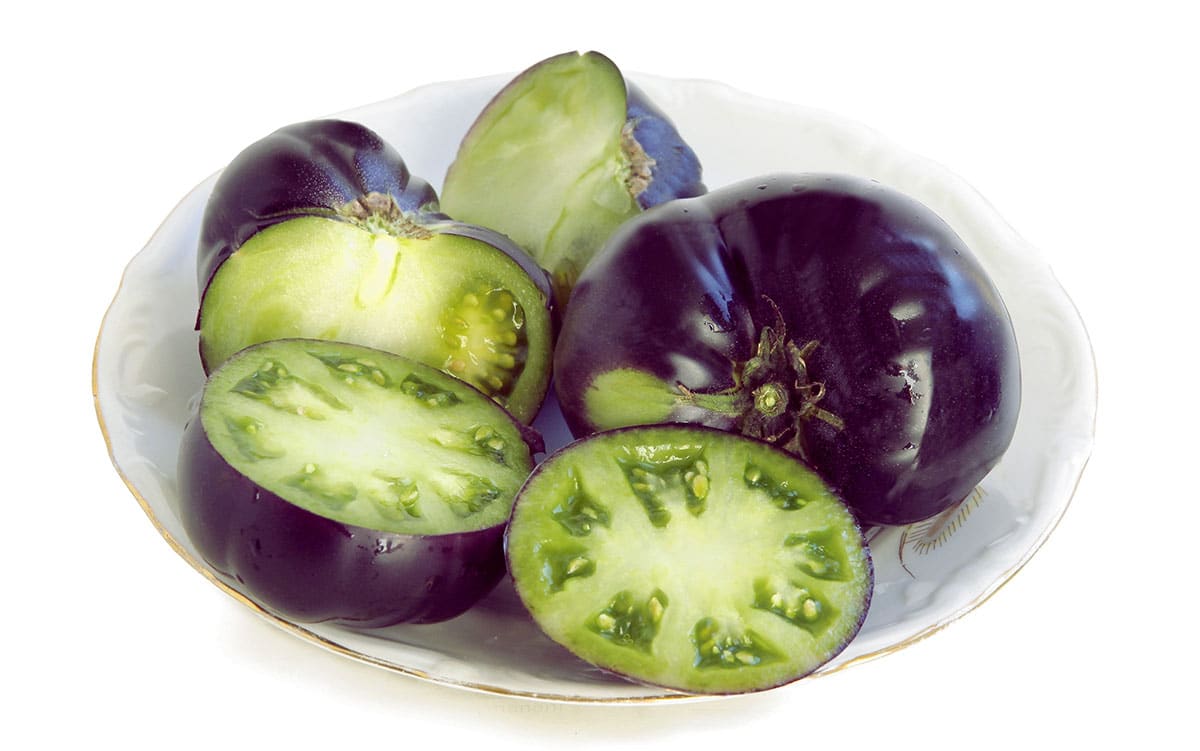
Purple Tomato
There are at least a dozen different varieties of purple tomato (and thousands of varieties of tomatoes in general!). None of them appear to be heirloom tomatoes which simply means they are all hybrids of some older variety. An example of just one of these varieties is the Indigo Rose Tomato which is a fairly new cherry-tomato cultivar with a dark purple peel. The color, of course, comes from the anthocyanin antioxidants in the fruit. The Indigo Rose was developed to have a pleasant sweet-tart flavor and to be disease-resistant which is of course important to growers. The Indigo Rose was developed by Professor Jim Myers at the Oregon State University.
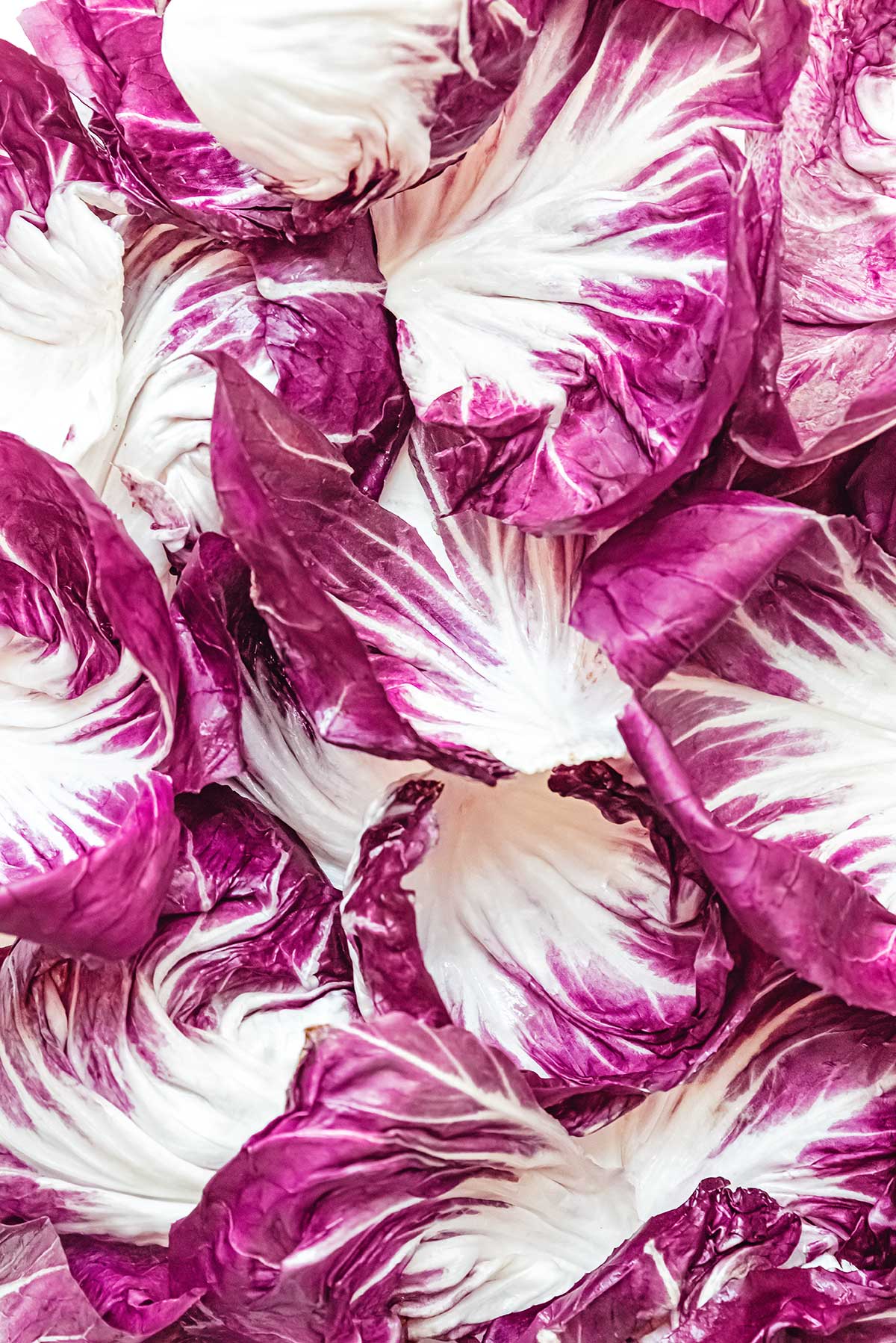
Radicchio
Radicchio is a dark purple to red vegetable that many people think is a variety of lettuce, but it is actually an endive. Radicchio tastes much different than lettuce, and is quite bitter. Radicchio is often used in Italian and Mediterranean cuisine. It is sometimes used raw in salads, but more often cooked into recipes to include soups and pastas. For more on radicchio varieties and how to cut, select, store, and (importantly) remove the bitterness check out our Radicchio 101 Guide.
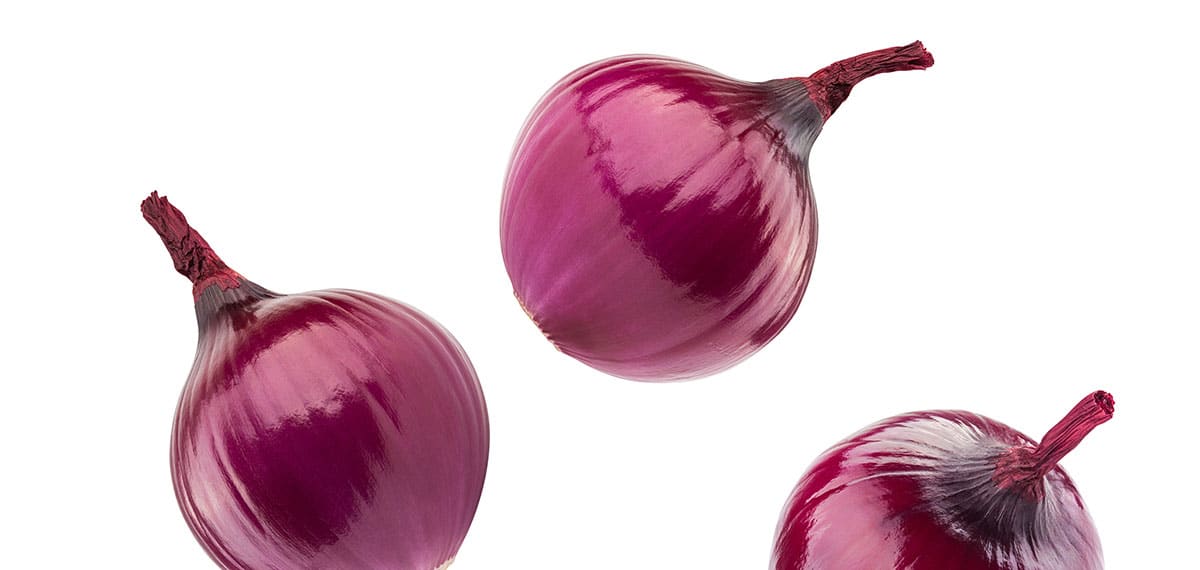
Red Wing Onion
Red Wing onions have an aesthetic deep red to purple color and mild sweet flavor. Like most “red” onions, they can be used in a variety of cooked recipes, but are great raw on salads or in sandwiches.
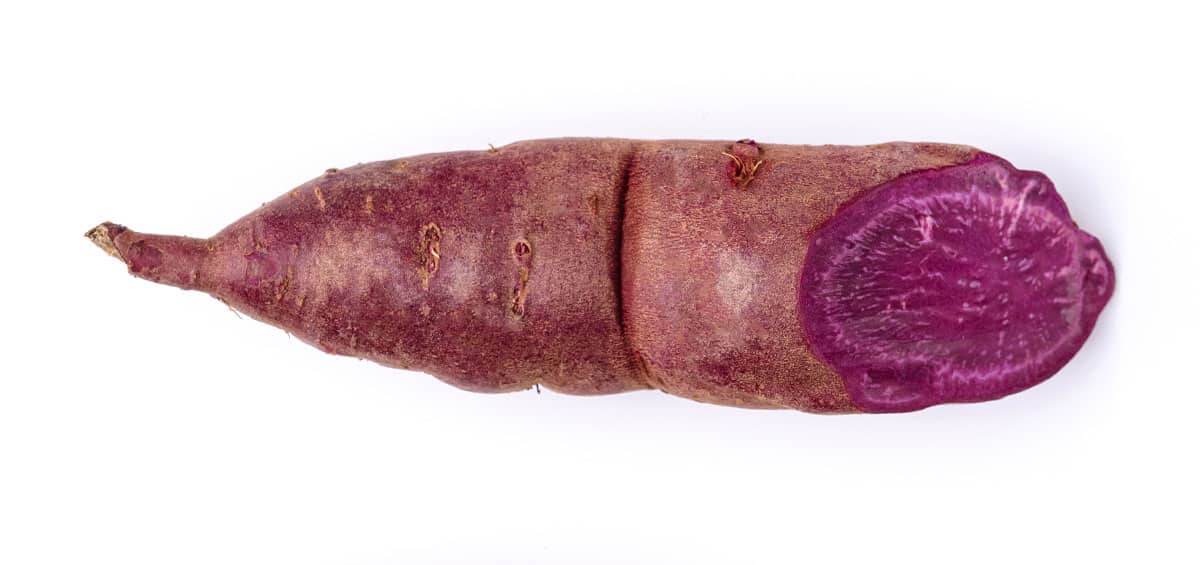
Stokes Purple Sweet Potato
The Stokes Purple is a sweet potato with purple-brown skin and decidedly purple flesh. They were developed in Stokes County NC giving them their name. The Stokes is not as sweet as its orange fleshed cousins, but is an all-purpose moderately starchy and moist variety. They are good baked, roasted, and steamed. If you want to leverage the purple flesh for an unusual and decadent treat, use them in this Sweet Potato Smoothie Recipe. Purple sweet potatoes can, of course, be used in any recipe that calls for ordinary orange sweet potatoes.
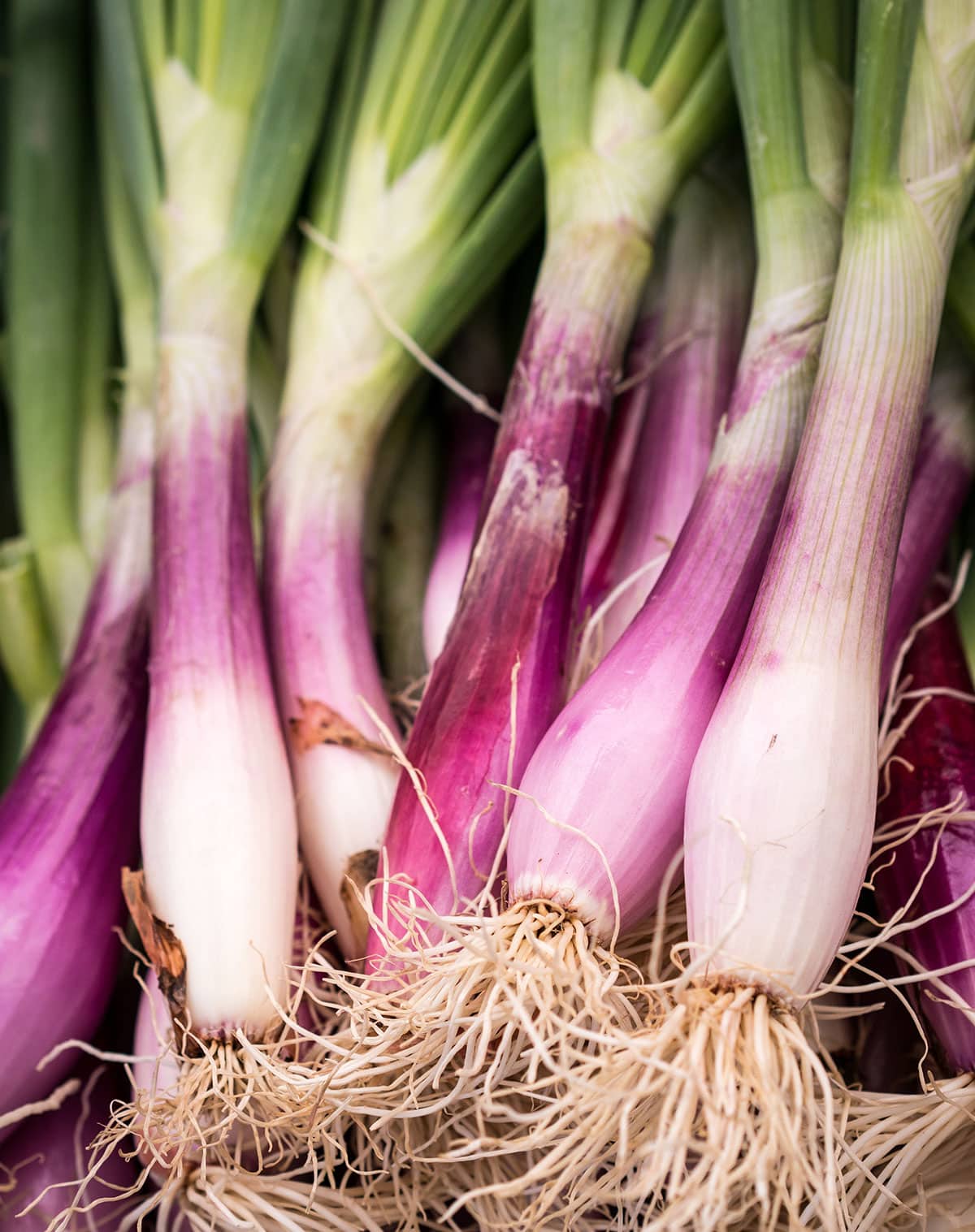
Torpedo Onion
Torpedo onions are an old Italian variety as they likely predate the Roman Empire. They are normally harvested at around 8” long and around 3” in circumference. Torpedo onions are known for their mild sweet flavor, so they can be eaten uncooked on sandwiches, burgers, or salads. They are also often pickled, grilled, roasted, sautéed, added to soups, dips, or pasta. They might be a bit difficult to find in the USA, but check your local international market.
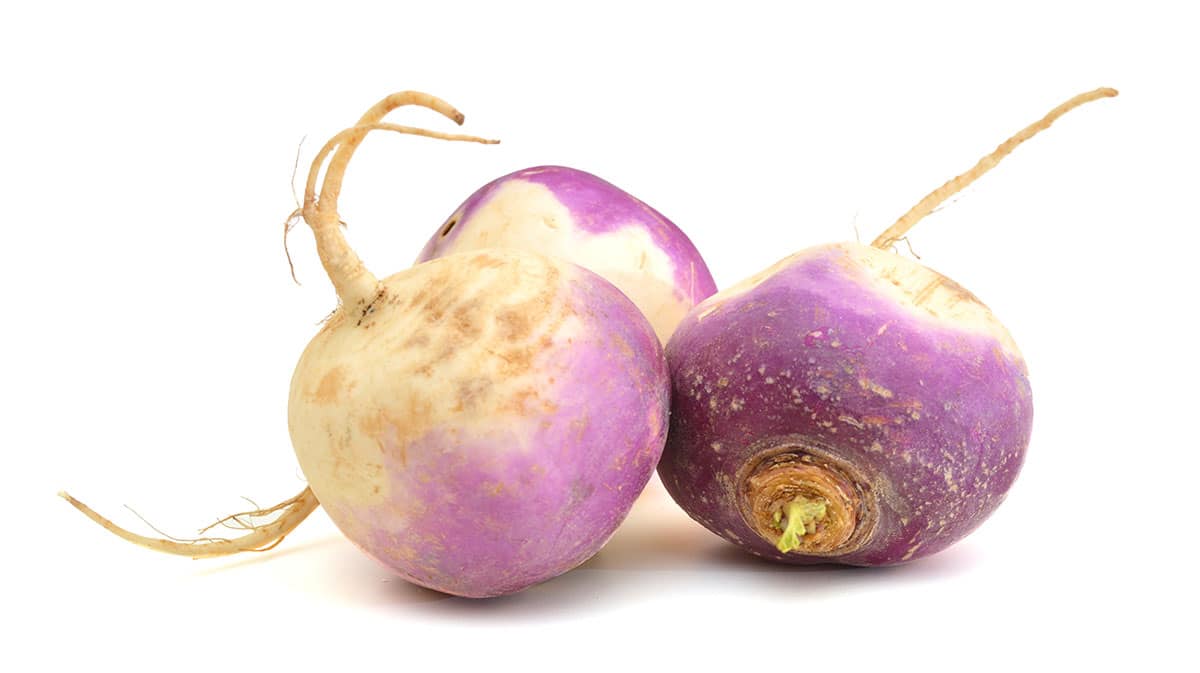
Turnip
Turnips are white and purple on the outside and snow white on the inside. They taste rather like potatoes, or perhaps a potato & cabbage combination. Turnips are often cooked like potatoes which is to say baked, boiled or steamed. A common use of turnips is to simply slice them into garden salads. After a recent trip to Scotland, however, my hands down favorite use is in this variation of Scottish Neeps and Tatties. (Neep is the Scottish nickname for Turnip!)
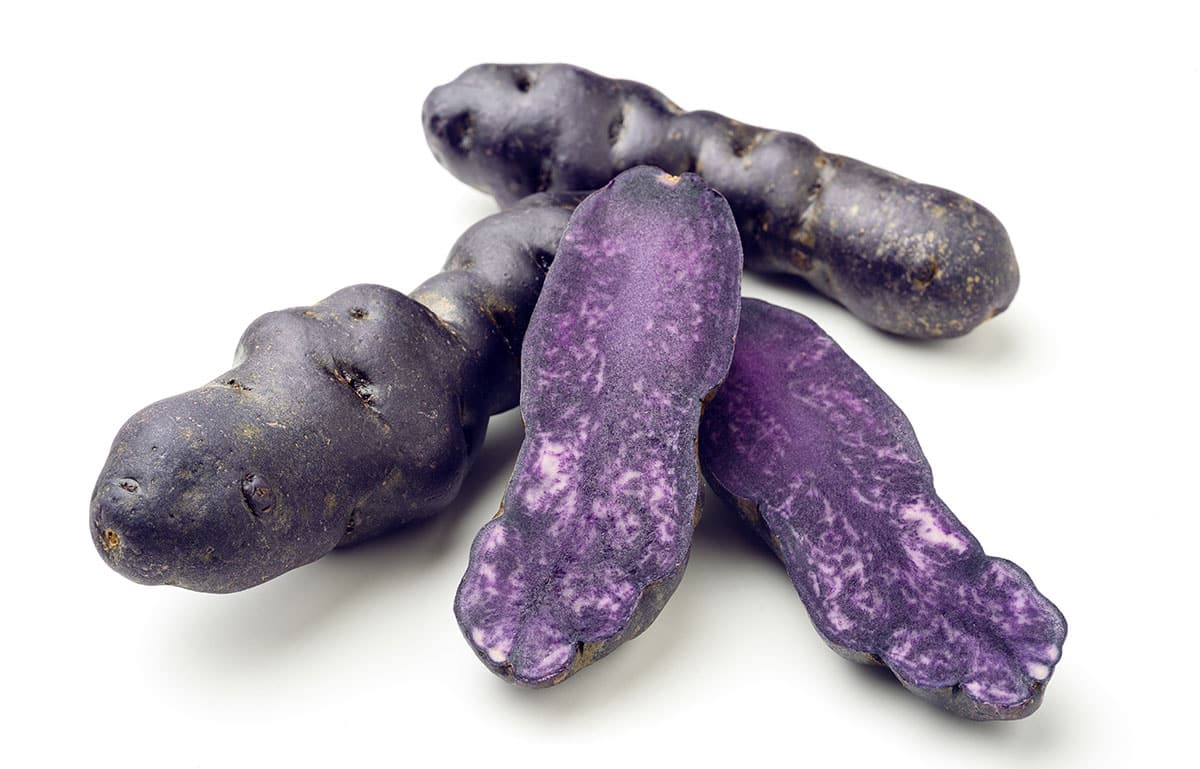
Vitelotte Potato
The Vitelotte is a waxy potato brought to Europe from Peru perhaps 500 hundred years ago. Today they are grown mostly in France and the United Kingdom, but you can find them at specialty and international markets in the USA. They are small potatoes with dark purple skin and flesh. They hold their color when cooked making them good for uses in which you want to showcase their color. You could leverage their unique color in a recipe like these Oven Baked Sweet Potato Wedges!
Trivia Answer
Answer: Trick question! All of those vegetables have a purple variety.
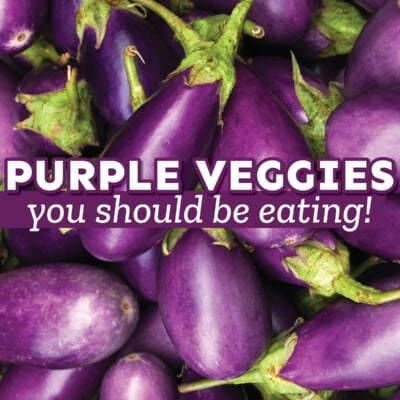
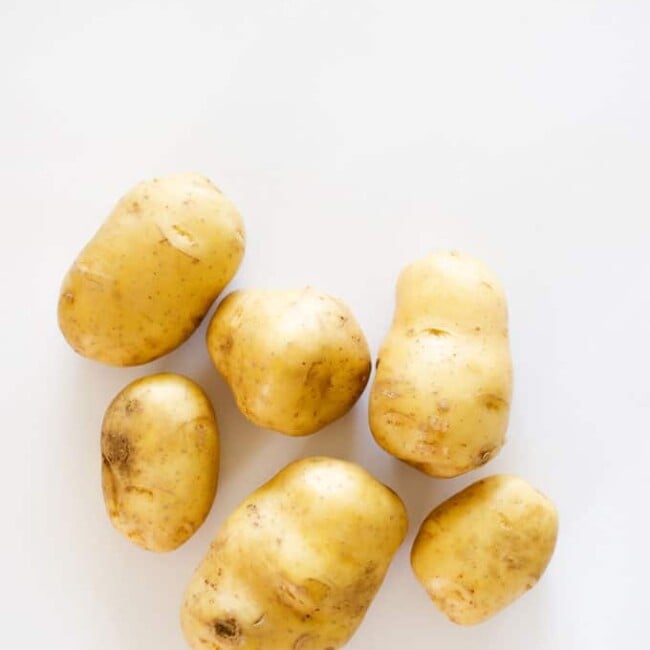
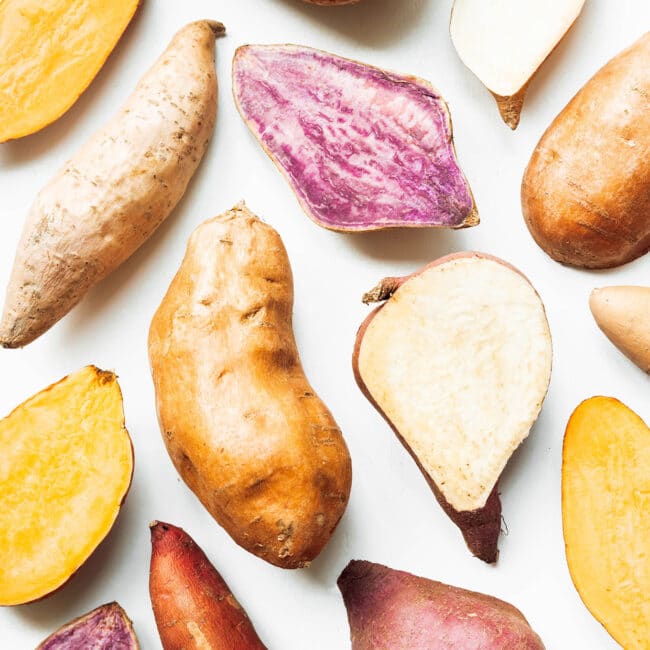
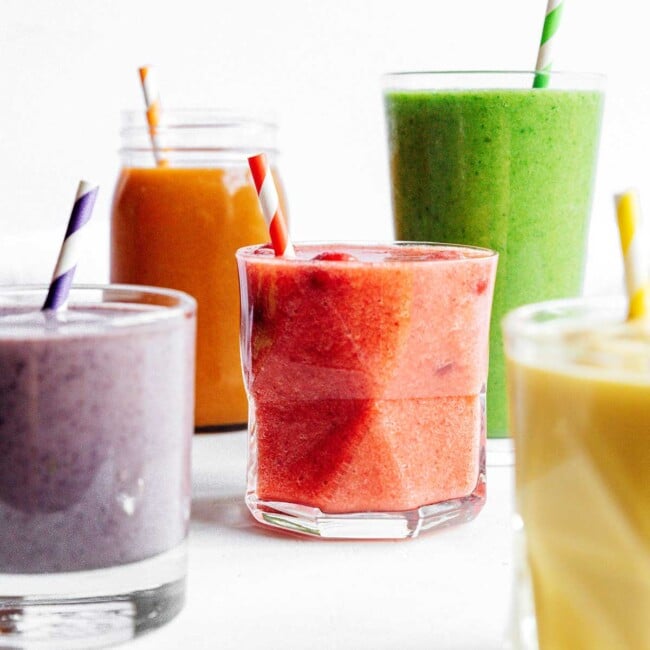
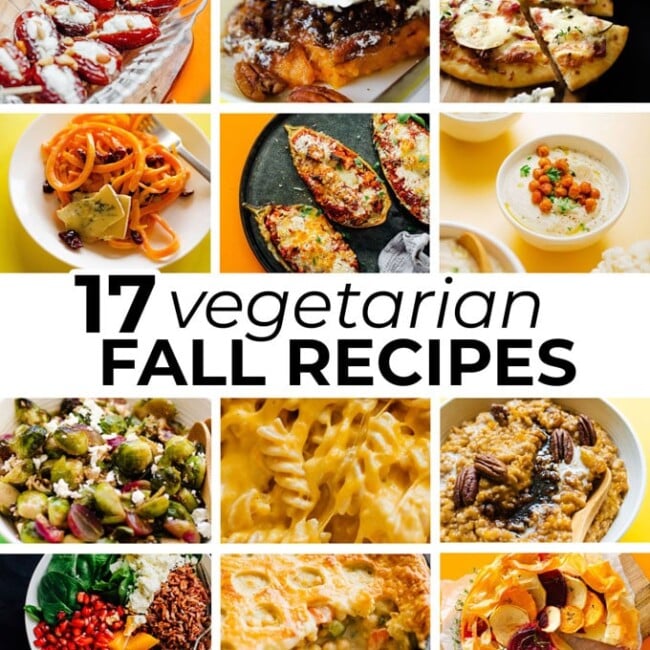
Leave a Comment